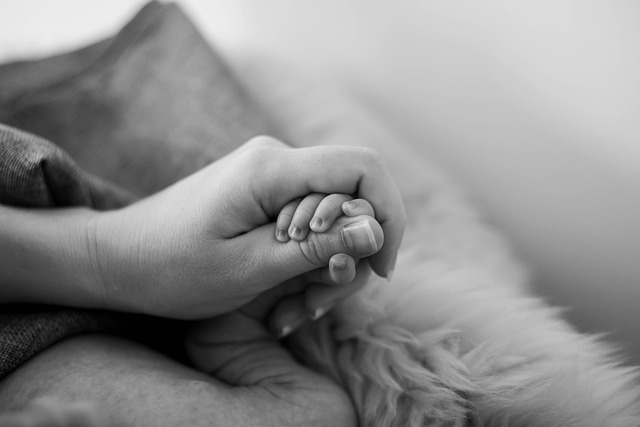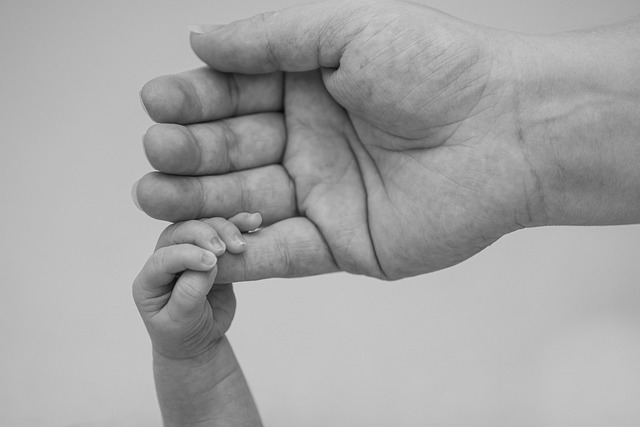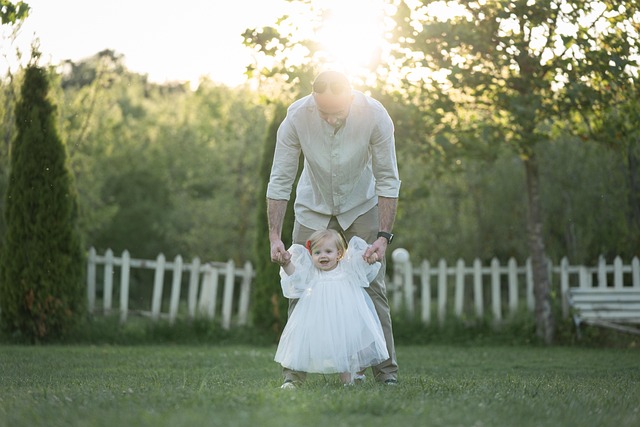Oregon's child welfare system, governed by Oregon family law, protects at-risk children through reports of suspected abuse or neglect to DHS. Investigations lead to case substantiation and foster care placement or alternative arrangements while emphasizing family preservation and reunification. Legal procedures prioritize fairness, transparency, and the child's best interest. Both parents have equal rights, but legal oversight is triggered by safety concerns. Children have specific rights including protection, privacy, and access to legal counsel. The court acts as guardian, overseeing interventions and reunifications guided by Oregon family law. Post-case management offers services tailored to family needs for successful reunification.
“Unraveling Oregon’s child welfare legal procedures is essential for anyone navigating this complex system. This comprehensive guide delves into the intricacies of Oregon’s child welfare framework, from initial involvement to post-case management. We explore crucial aspects such as parental rights, court intervention, and reunification efforts under Oregon family law. Understanding these processes empowers individuals to make informed decisions and effectively engage with Oregon’s child welfare system.”
- Oregon's Child Welfare System Overview
- Legal Involvement: When and How
- Rights of Parents and Children
- The Role of Court in Child Welfare Cases
- Post-Case Management and Family Reunification
Oregon's Child Welfare System Overview

Oregon’s child welfare system is governed by a comprehensive set of laws and regulations under the Oregon Family Law. This system is designed to protect and support children in need while also ensuring their well-being and safety. The process begins when a concerned individual or agency reports suspected child abuse or neglect to the Department of Human Services (DHS). Upon receipt of such a report, DHS conducts an investigation to determine the validity of the allegations. If substantiated, the department initiates a case, which may lead to various outcomes, including placement in foster care or alternative living arrangements.
The system prioritizes family preservation and reunification whenever possible, offering services and resources to help families address the issues that led to intervention. Oregon’s child welfare legal procedures are structured to ensure fairness, transparency, and the best interest of the child throughout this process, adhering strictly to the principles outlined in state law and regulations.
Legal Involvement: When and How

In Oregon, child welfare legal procedures often become involved when a child’s safety and well-being are at risk. The process typically starts with a report to Child Welfare Services (CWS) by concerned individuals or agencies, such as teachers, healthcare providers, or law enforcement, highlighting potential abuse, neglect, or dependency issues. Once received, CWS conducts an investigation to assess the situation and determine if out-of-home placement is necessary for the child’s protection.
If the investigation substantiates the concerns, the case may proceed to court, where a judge will make decisions regarding custody, visitation, and other matters related to the child’s welfare. This legal involvement in Oregon family law is governed by specific statutes and regulations designed to ensure the rights of both children and parents while prioritizing the child’s safety and permanent placement.
Rights of Parents and Children

In Oregon, both parents have equal rights regarding their children, including the right to make decisions about their care and welfare. This includes significant choices like education, healthcare, and religious upbringing. However, when there are concerns about a child’s safety or well-being, these rights can be subject to legal oversight under Oregon family law. The state has a duty to protect unemancipated minors, and in cases of alleged abuse or neglect, child welfare services may intervene.
Children also have certain rights guaranteed by Oregon law. These include the right to be protected from harm, to have their best interests considered above all else, and to maintain privacy regarding case records. Furthermore, children involved in such proceedings are entitled to legal counsel and support services to ensure they understand their rights and can participate meaningfully in any court processes affecting them under Oregon family law.
The Role of Court in Child Welfare Cases

In Oregon family law, the court plays a pivotal role in child welfare cases, serving as a guardian and protector of the best interests of minors. When there are concerns about a child’s safety or well-being, such as allegations of abuse or neglect, the court steps in to ensure the child receives necessary interventions and support. It oversees various legal procedures, from initial hearings to long-term planning for the child’s future care and placement.
The Oregon judiciary system works collaboratively with child welfare agencies to make informed decisions. During proceedings, social workers present evidence, and the court evaluates the child’s living conditions, parental abilities, and potential risks to determine whether removal from the home is required. This careful navigation ensures that legal processes not only protect children but also offer a framework for reuniting families when it’s safe to do so while prioritizing the child’s overall development and stability.
Post-Case Management and Family Reunification

After a child is removed from their home due to concerns about safety or well-being, Oregon’s child welfare system aims for successful case management and eventual family reunification. The state recognizes that keeping families together is ideal whenever possible, fostering stability and continuity for children. Post-case management involves various services and support to help families regain custody of their children. This may include therapy, parenting classes, substance abuse treatment, and other interventions tailored to address the specific needs identified during the case.
Oregon family law guides this process, ensuring that all parties involved have clear expectations and rights. The goal is to assist families in meeting the requirements set by the court while preparing them for successful long-term parenting. When families demonstrate progress and meet the necessary criteria, they can work towards rebuilding their relationships with their children, ultimately aiming for permanent reunification and a brighter future for everyone involved.






